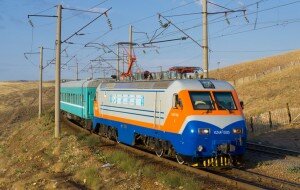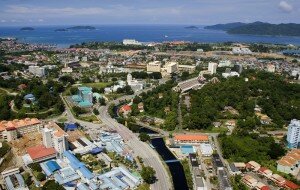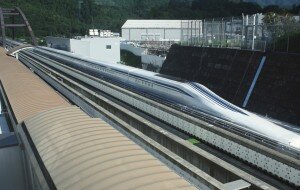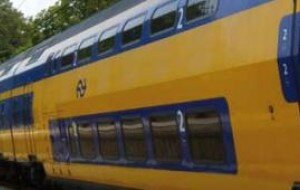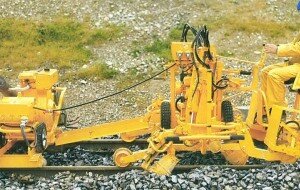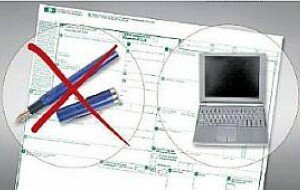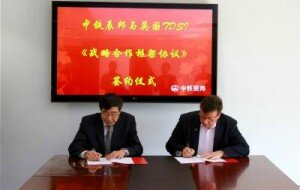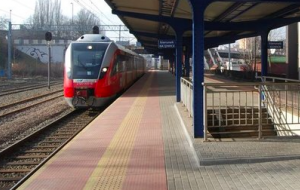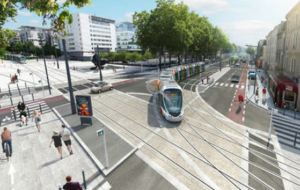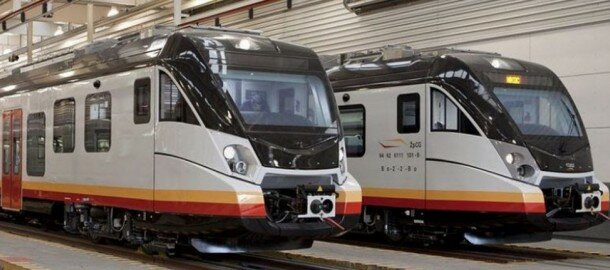 Photo: CAF Signalling
Photo: CAF Signalling
CAF Signalling promotes railway technology
Published: Thu, 2015-01-22 17:03CAF Signalling is involved in the European Shift2RAIL project. Through this research and development initiative, Europe aims to meet the mobility needs and increase the use of railway as a means of transport, as well as maintaining the global leadership of the European industry in this sector.
CAF Signalling is involved in the Innovation Program 2 (IP2) for the development of new signalling and control systems to optimise the capacity and performance of rail transport systems. Company experts are working on this equipment, together with members of other leading companies and entities in the sector at European level.
The company provides the expertise acquired during the development of the ERTMS system, which was the fruit of a prior initiative of the European Commission and railway industry. For the first time in history, this system managed to create an interoperable standard for the control and management of railway traffic.
Being part of the Shift2Rail working groups, gives CAF Signalling the opportunity to play a leading role in promoting railways and associated technologies.
To date, Shift2Rail is the most ambitious initiative undertaken by the European Commission and railway industry. Coming within the framework of the Horizon 2020 Program, the project has a budget of €920M.
The program faces now the difficult challenge of increasing the use of railways in relation to other forms of transport, based on enhancing the attractiveness of railways for all the different users with substantial improvements in capacity, punctuality, energy efficiency and economy.
Shift2RAIL comprises 5 Innovative Programmes (IP) focussed on five strategic areas: rolling stock; traffic management and control systems; infrastructure; information technologies; and freight transport.
Specifically, the IP2 Program is focussed on advanced traffic management and control systems. Amongst other points, its agenda includes the standardisation of new technologies: moving block sections; automatic train operation (ATO); IP and satellite radio communications; all compatible and interoperable with the present ERTMS system.
As general objectives in all these areas, this initiative intends to introduce new technologies and solutions able to double the present-day capacity of railway in Europe and increase the quality of service by 50%. Furthermore, the aim is to reduce the life cycle cost by 50% in order to achieve greater competitiveness for the railway system.




























